Tenerife, not a travel report
We traveled after Covid. Last year, the whole world seemed to start at the same time, with huge crowds everywhere, making travel even more difficult for people with limited mobility.
In May, our destination was Tenerife. The largest of the Canary Islands, located off the western coast of Africa, approximately 3,800 km away, which is about a 6-hour flight from Hungary. We were looking for a place that would offer enjoyable relaxation and sightseeing even with a wheelchair. The place exceeded our expectations.
Our flight was delayed, but we arrived at the completely empty airport early in the morning, and the accessible taxi arrived within 5 minutes. There was a separate waiting area for wheelchair users, covered and with lowered curbs.
We spent a week at the Arona Gran Hotel, which has more accessible rooms than average. Surprisingly, we found that a part of the lobby was reserved for parking and charging electric wheelchairs. Upon request, the hotel can fully equip its rooms with medical beds and elevators. There is a 24-hour pharmacy and a medical equipment store as well. Of course, there are some minor shortcomings that can be found everywhere, such as the room thermostat being at a height of about 160 cm.
Los Cristianos and Playa Americas are very wheelchair-friendly, generally flat, with many ramps and easily accessible shops. As a special challenge, they even built a 45-degree ramp in front of a liquor store 😊. An interesting highlight is that wheelchair swings can be found in some playgrounds. There are plenty of accessible parking spaces everywhere, so we didn’t have to search separately. It was fantastic to discover mineral water bottles labeled in Braille.
In the area, there are two accessible beaches, and for those seeking extreme adventures, they specifically recommend boat trips that offer wheelchair diving, including accessible restrooms on board.
After all the text, let the pictures speak further.
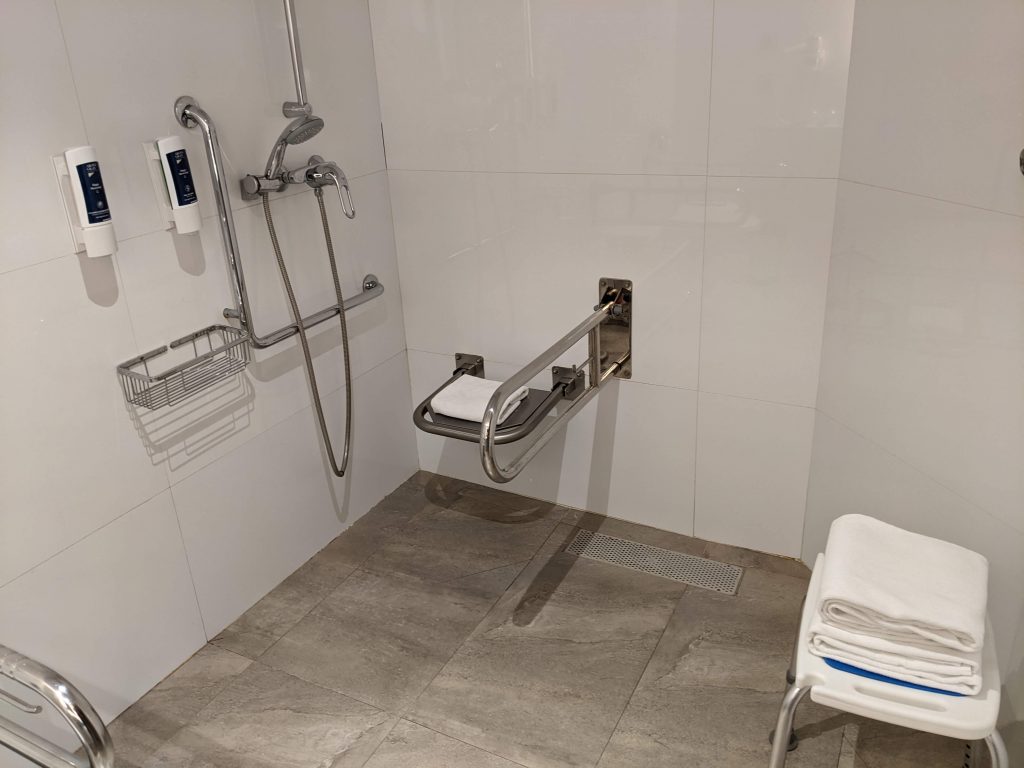
Akadálymentes fürdőszoba, lehajtható zuhanyülőkével és kapaszkodóval. A falon egy L alakú kapaszkodó és sampon valamint tusfürdő adagoló. Fehér csempe oldalfalakkal és természetes mintájú padlóval.
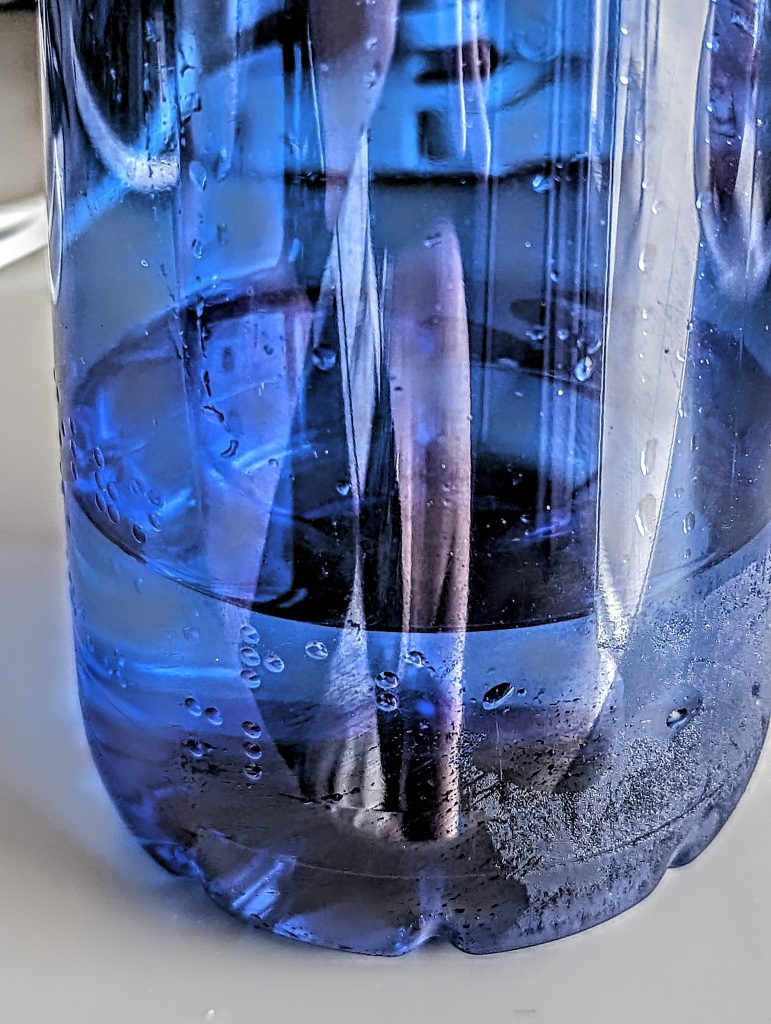
Kék színű műanyag vizes flakon rajta Braille írás.
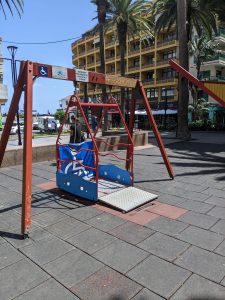
Kerekesszékes hinta egy városi téren.
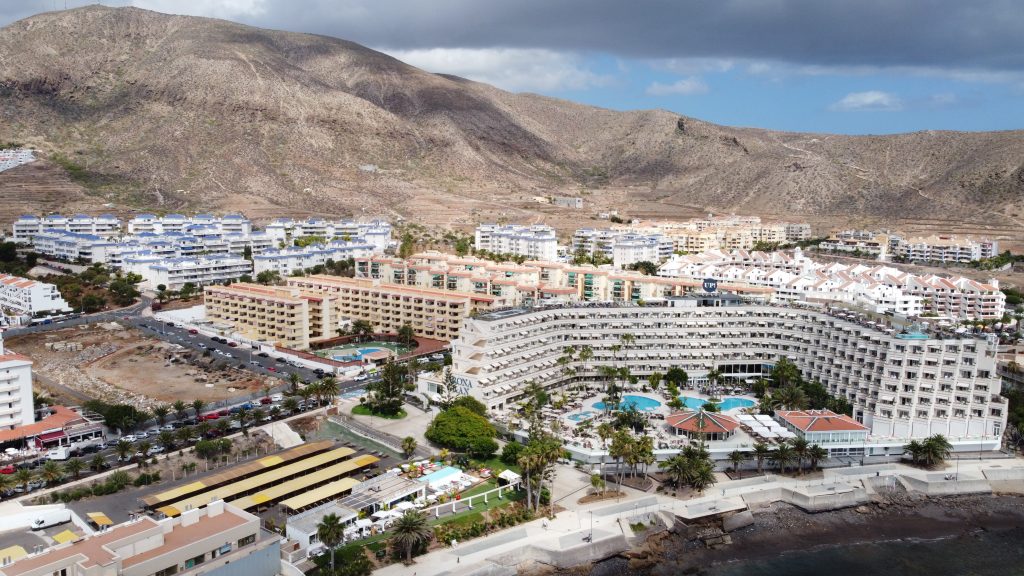
Los Cristianos, Arona Gran Hotel
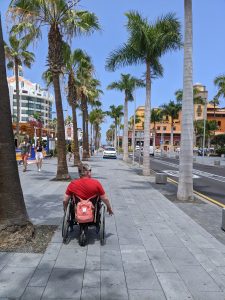
Playa de las Americas
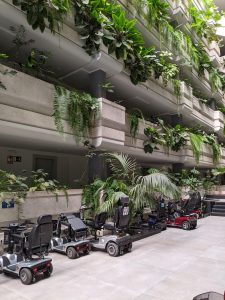
Arona Gran Hotel
